Why Anuvavi Temple?
According to N.Myers et al in a publication titled “Biodiversity hotspots for conservation priorities” in Nature magazine, the Western Ghats along with its extension in Sri Lanka is considered one of the 25 Global Biodiversity Hotspots. They write, “As many as 44% of all species of vascular plants and 35% of all species in four vertebrate groups are confined to 25 hotspots comprising only 1.4% of the land surface of the Earth. This opens the way for a ‘silver bullet’ strategy on the part of conservation planners, focusing on these hotspots in proportion to their share of the world’s species at risk”. When factors like plant family richness and endemic vertebrate species diversity are factored in, then the Western Ghats zone vaults upward to squarely place itself within the top eight hotspots for conservation action. This area is home to 528 species of birds of which 40 are endemics (endemism is defined as species that are native and restricted to a certain place).
- Asian Paradise Flycatcher
The western areas of Greater Coimbatore lie in close proximity to the several spurs that emanate from the Western Ghats mountain range. These various locations like the reserve forest area in Siruvani and others are not only the great reservoirs that supply drinking water for the metropolitan area, but they are also home to high rates of endemism and species richness.
The Anuvavi Temple is located midway on the northern face of one such spur, which runs from west to east from the Western Ghats. This area which is strewn with rocky boulders and dominated by scrubby vegetation has always had some very uncommon to rare residents like the Yellow-throated Bulbul (Pycnonotus xantholaemus). When the monsoon rains fill these streambeds with water, the many seasonally wet ravines that run from top to bottom are filled with avian richness.
During March 2017, fellow bird watcher Mr. Gajamohanraj recorded many resident endemics along with beautiful northward migrants in these ravines, which lie in close proximity to the main Sanctum Sanctorum of this Murugan Temple. Gajamohanraj repeated this experience subsequently on several occasions in the company of other bird watchers like Chetankumar Joshi, yielding similar sightings. When the details of these facts were conveyed to me, I along with Chetankumar Joshi obtained the requisite permission from the Tamilnadu Forest Department to conduct monthly bird surveys to establish its potential as a wonderful natural heritage site, located within a short distance from the city of Coimbatore and worthy of conservation.
After a few pilot studies, the Anuvavi Bird Count was begun in earnest from Jan 2018 onwards with the help of dedicated volunteers. This survey is carried out usually on the 3rd Sun of the month starting at the foothills around 7 AM with the help of binoculars and other equipment in six pre-chosen spots within the confines of the temple area. There the birds seen and heard for a specific period are recorded on a data sheet and if necessary, photographs are also taken for confirming rare and important bird sightings. The due diligence verification of the birds entered in the datasheet is performed soon after, with the help of standard field guides and associated literature.
Bird lovers interested in volunteering for this project should possess some basic knowledge of the birds of the area and must be capable of trekking up to this moderate hill. Since this is a Hindu temple surrounded by reserve forestland, special behavioral rules also apply which are provided (link). Those interested may leave their contact details here. Become a Volunteer
G. Parameswaran.


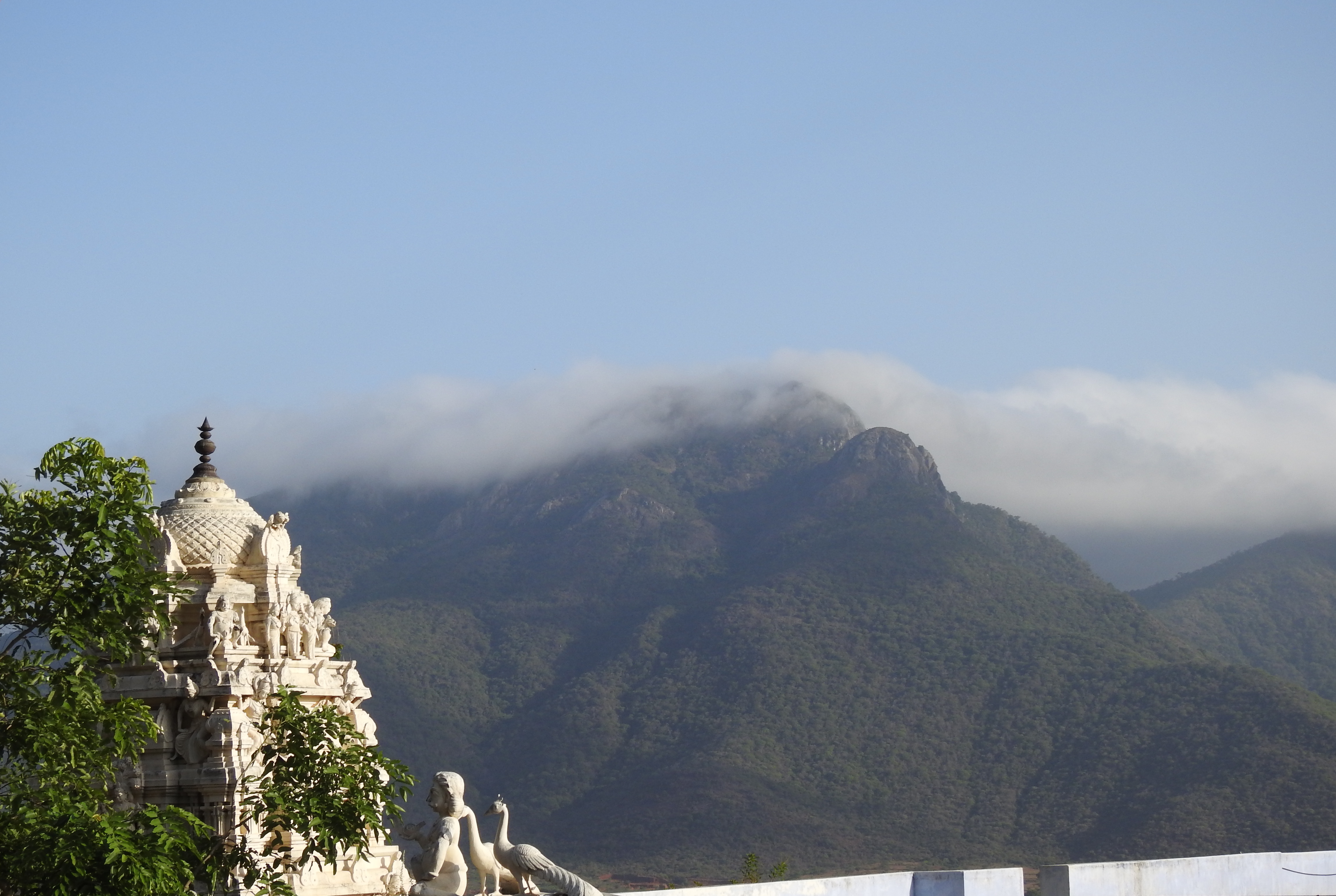
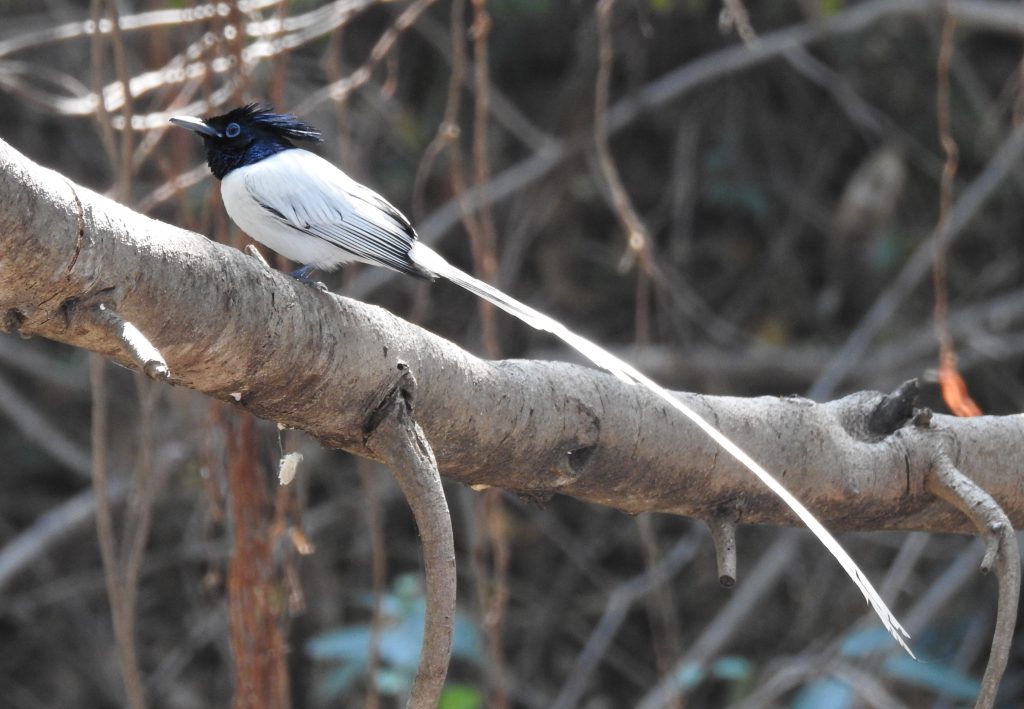
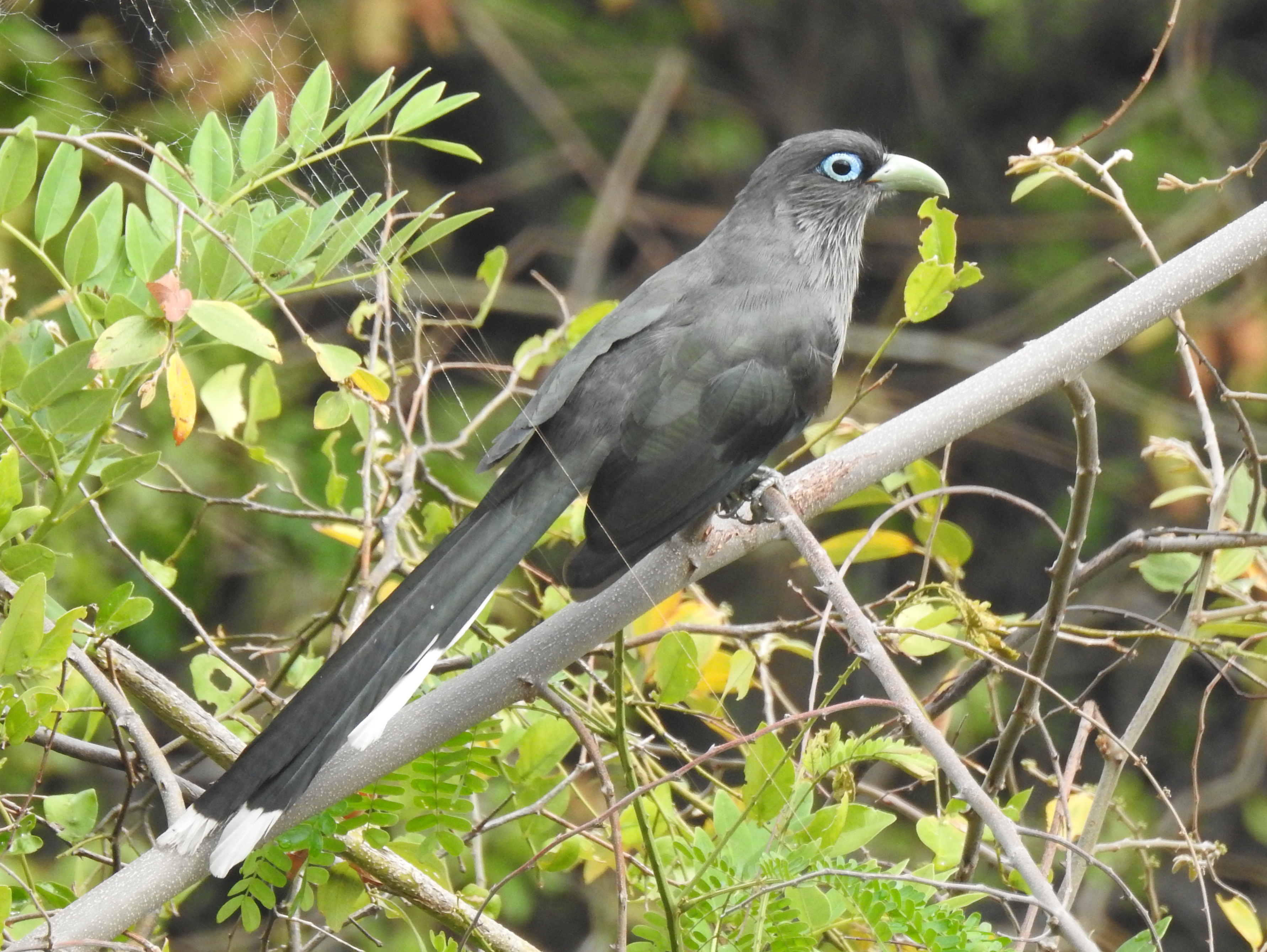
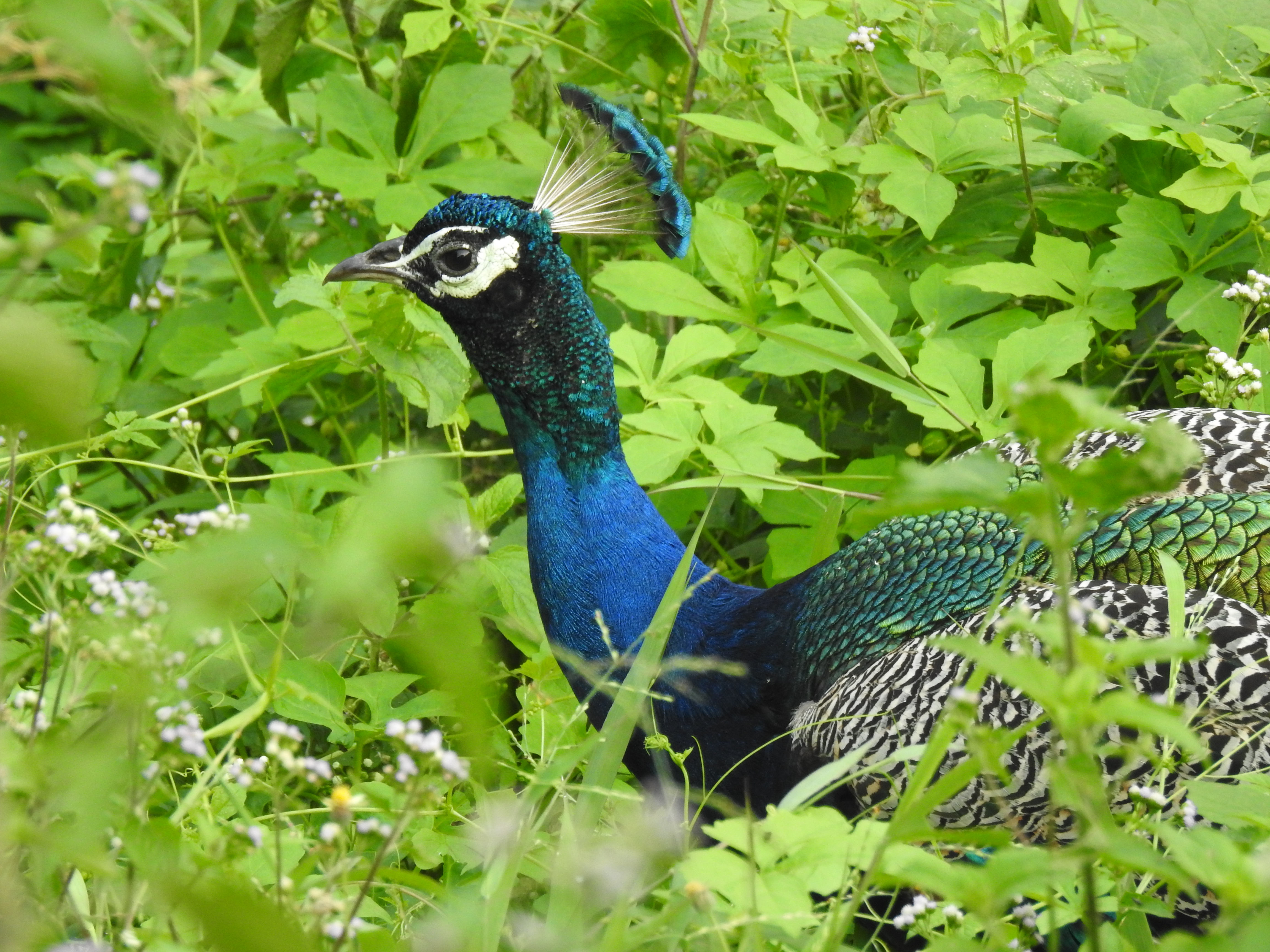
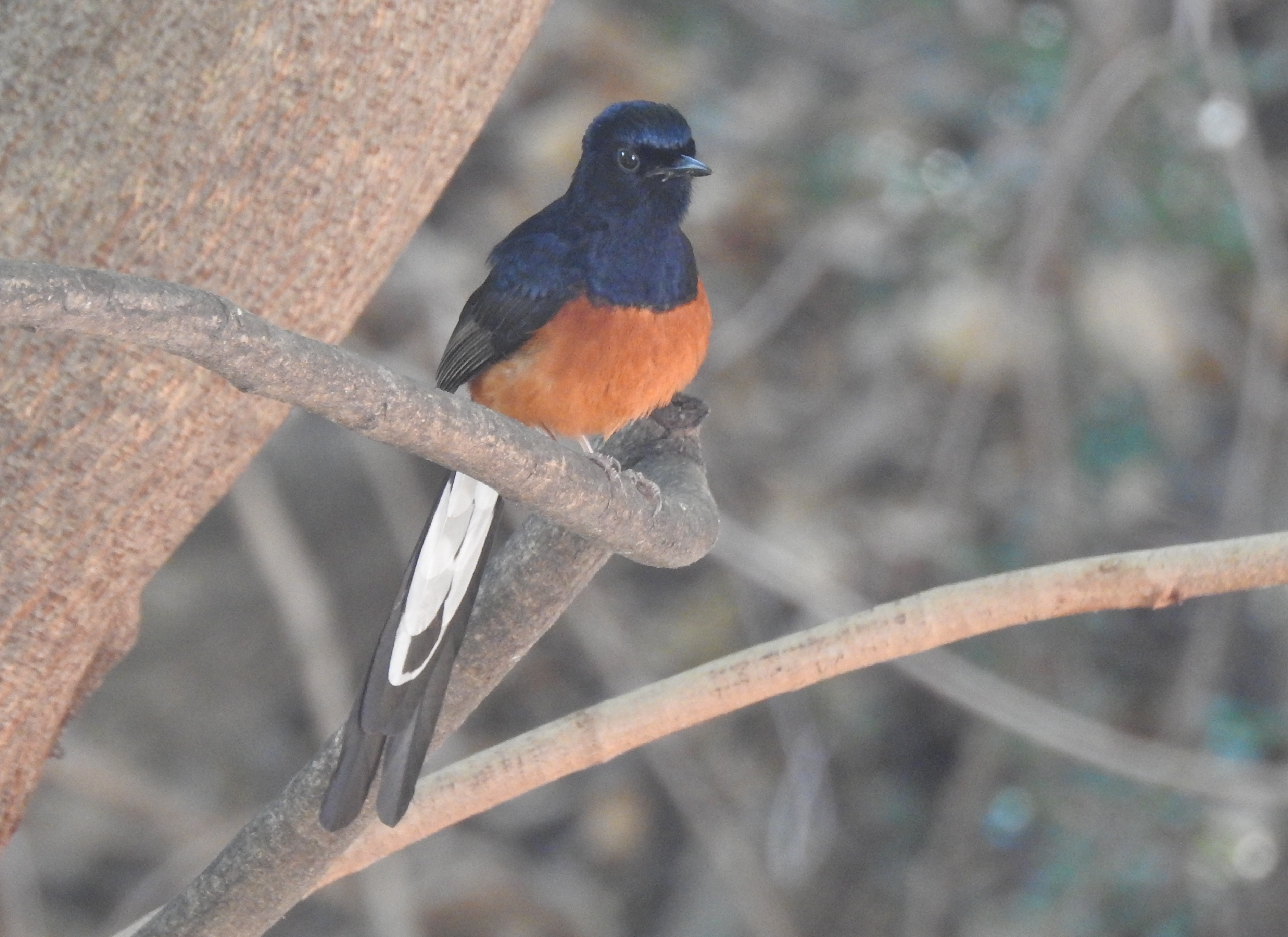
No Comments